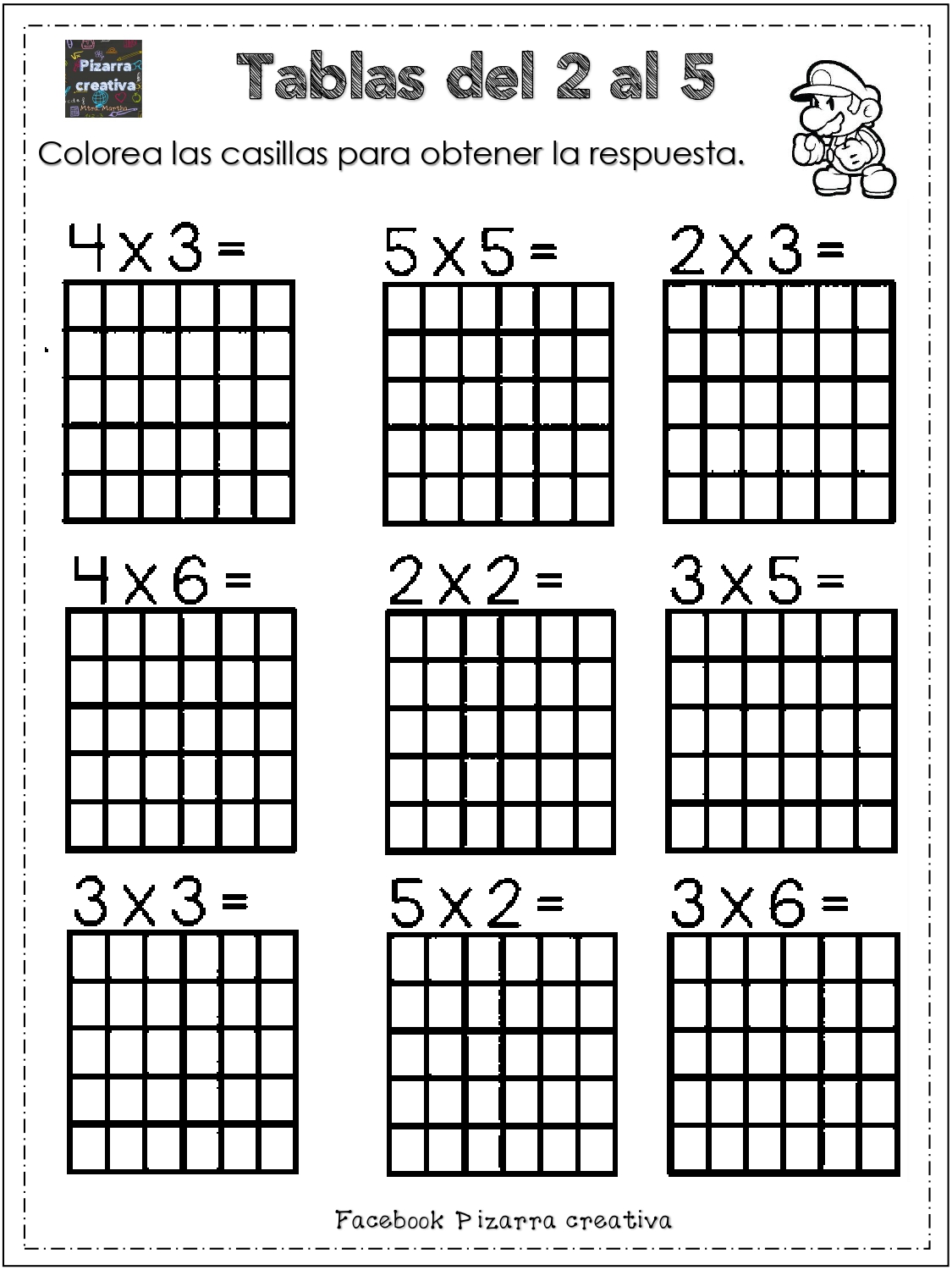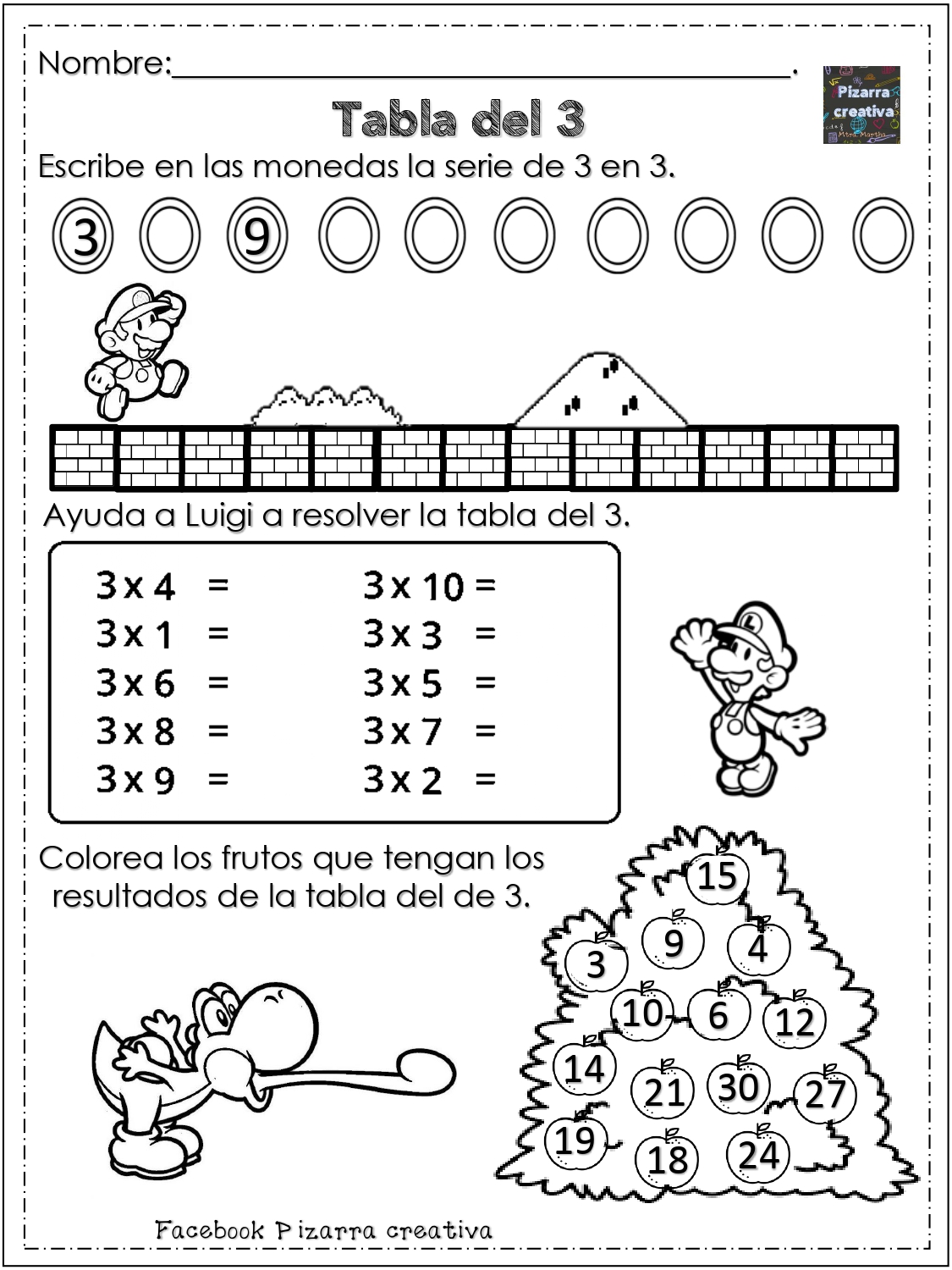Unlocking Math's Matrix: Ejercicios de las Tablas de Multiplicar
Remember that feeling of dread when faced with a seemingly endless grid of numbers? That, my friends, is the multiplication table. A cornerstone of math education, it can spark fear in some and boredom in others. But what if we told you mastering it could be fun, even exciting? The key lies in the world of "ejercicios de las tablas de multiplicar," essentially, multiplication table exercises.
These exercises, far from being dry and repetitive, are the secret sauce to unlocking fluency in multiplication. Imagine effortlessly calculating quantities for your next baking project or quickly figuring out discounts while shopping. This is the power of knowing your multiplication tables like the back of your hand.
The history of these exercises is intertwined with the very development of mathematics. Ancient civilizations, from the Babylonians to the Egyptians, recognized the importance of multiplication for trade, construction, and even astronomy. Over centuries, various tools and techniques emerged to teach these concepts, eventually leading to the multiplication table exercises we know today.
The main issue with "ejercicios de las tablas de multiplicar" isn't their existence, but how they are often presented. Rote memorization without context can feel tedious and meaningless. That's where creativity comes in! From engaging games to real-life applications, there are countless ways to make practicing multiplication tables fun and effective.
Let's explore some simple examples. Imagine playing a game where you draw cards with numbers and have to multiply them. Or, you could use your multiplication skills to calculate the total cost of ingredients for a recipe. These exercises turn abstract numbers into tangible, exciting challenges.
Advantages and Disadvantages of "Ejercicios de las Tablas de Multiplicar"
While "ejercicios de las tablas de multiplicar" offer a plethora of benefits, it's important to acknowledge their potential drawbacks when not implemented thoughtfully. Here's a breakdown:
| Advantages | Disadvantages |
|---|---|
| Improved multiplication fluency and speed | Potential for boredom and disengagement if exercises are repetitive and lack variety |
| Enhanced problem-solving skills | Risk of creating math anxiety if students feel pressured or overwhelmed |
| Increased confidence in math abilities | May not address individual learning styles and needs if exercises are not differentiated |
By understanding both sides, we can create a learning environment that maximizes the benefits while mitigating potential downsides. This involves incorporating diverse teaching methods, focusing on understanding over memorization, and making learning fun and engaging.
In conclusion, "ejercicios de las tablas de multiplicar" are invaluable tools in our mathematical arsenal. They provide the foundation for more complex mathematical concepts and equip us with skills essential for everyday life. By embracing creative teaching methods and emphasizing understanding, we can unlock the true potential of these exercises and empower learners to conquer the world of numbers with confidence.
The inked canvas exploring womens back tattoos
Unraveling the starter solenoid switch wiring diagram
Jeon jung hyun instagram connecting with the south korean actor














